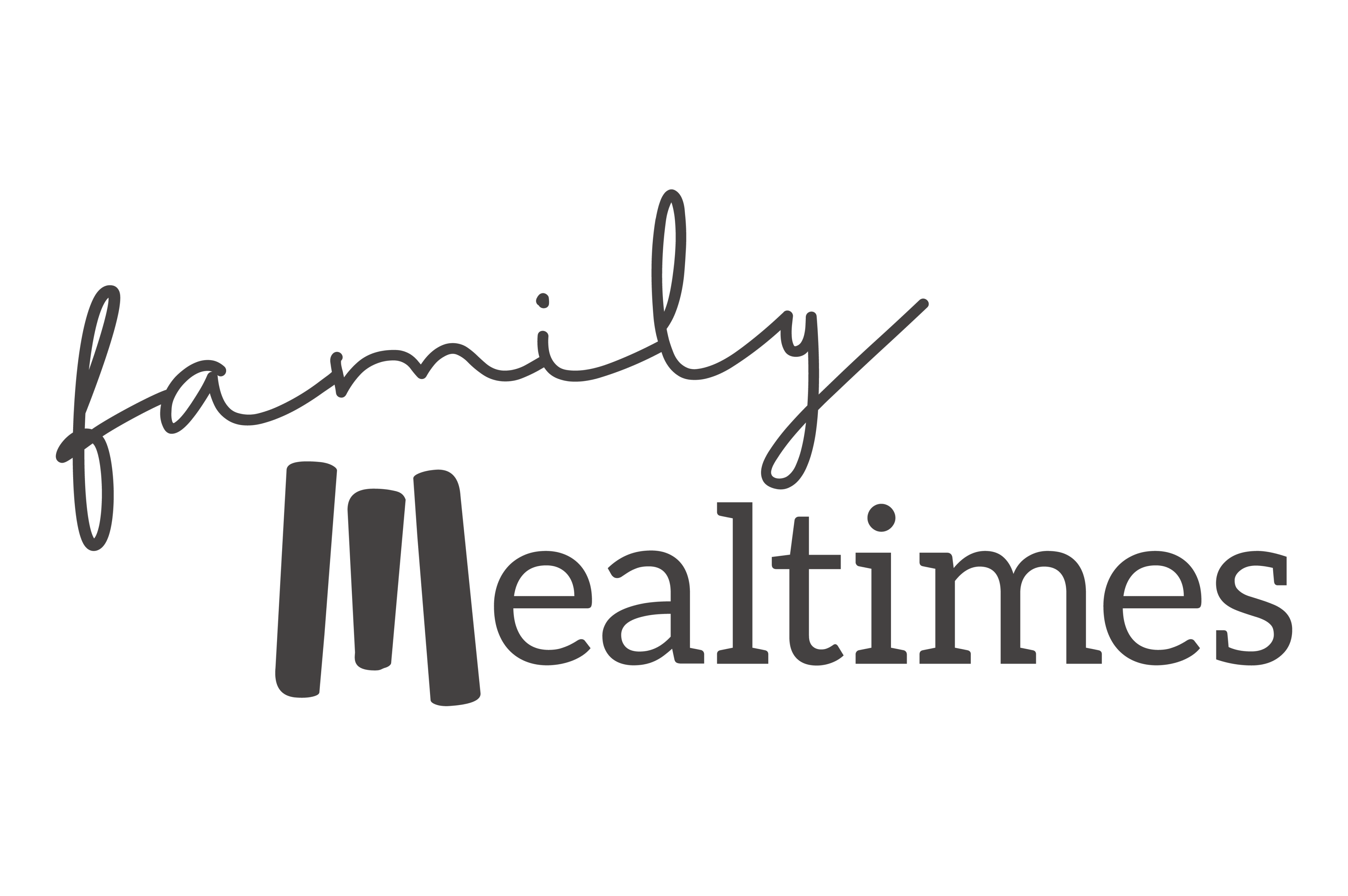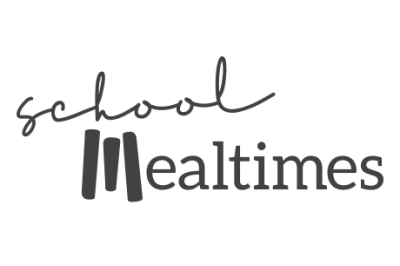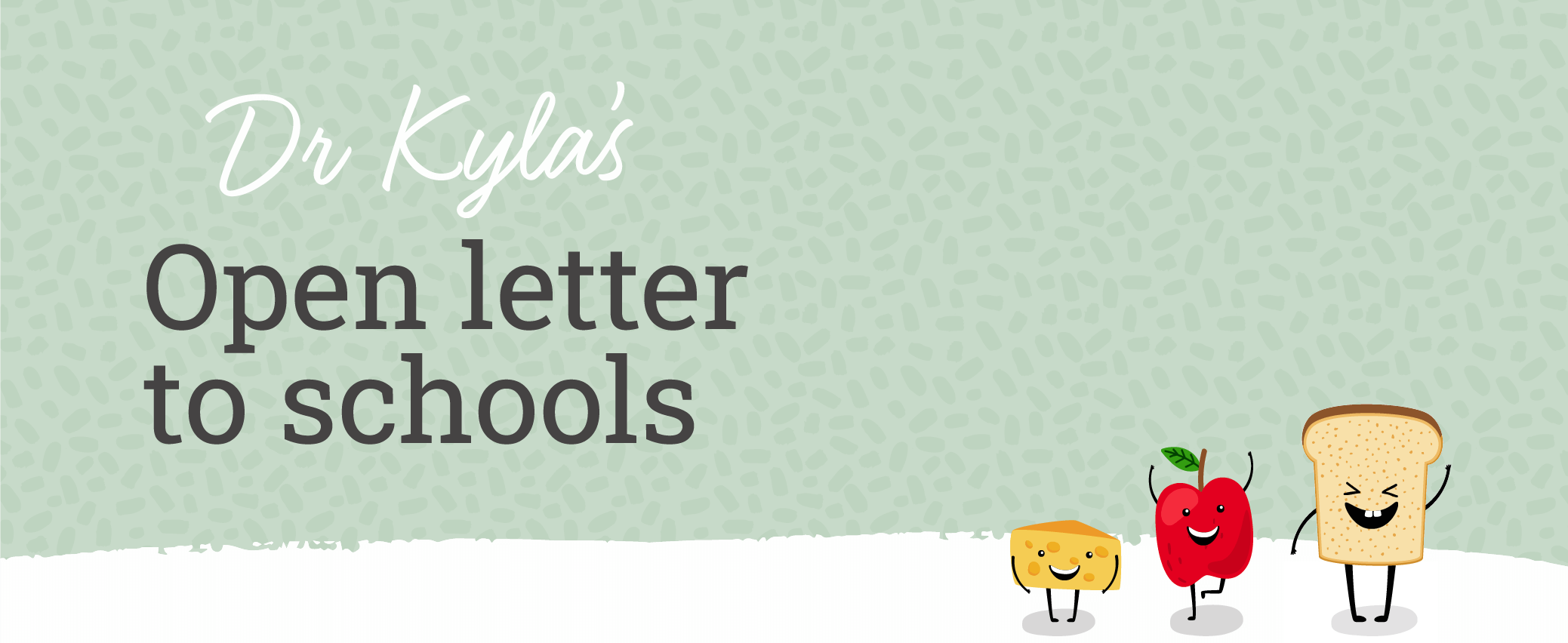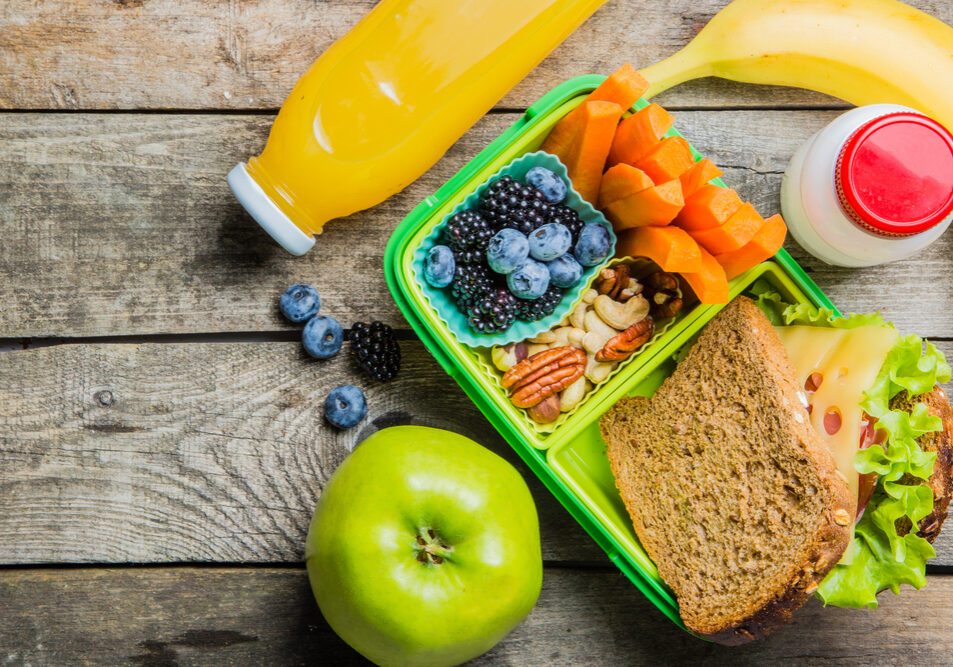We support the Department of Education Healthy Food and Drink Policy and health promoting initiatives such as Crunch&Sip® but do not believe the practises listed above align with these policies and activities.
We appreciate that there are a range of contributing factors to these practises, including pressure from parents, school policy constraints, traditions and norms, health and nutrition misinformation, and a sense of shared responsibility for students' food intake at school.
Instead, we propose some alternative policies and approaches to help school-aged children to become confident, adventurous eaters, who have a positive relationship with food.
Schools can create safe and empowering school food environments by:
- Providing at least 2 opportunities of dedicated eating time for students to eat freely from their lunchbox
-
- Protect this time - offer a time for children to sit with their peers, and keep this time separate to play time
- Participate in the meal break by eating lunch/morning tea with the children, where possible
- If your class participates in Crunch&Sip® or a similar program, do so in addition to lunch and recess, and not as a replacement for these eating opportunities.
2. Apply the principles of the Division of Responsibility to school mealtimes (9-11)
-
- Trust parents to supply appropriate foods for their children*
- Trust children to eat as much as they need to be full, in whatever order they choose
- Refrain from restricting or encouraging particular foods
3. Avoid giving unsafe messages about food and nutrition to children
-
- Never comment on the contents of a child’s lunchbox in their presence
- Refrain from classifying foods as good and bad
- Speak neutrally about food rather than positively or negatively
- Align all health messages to the WHO definitions, limiting black-and-white discussions of ‘healthy’ and ‘unhealthy’
*If you have concerns about what is being supplied in a child’s lunchbox, consider the challenges faced by the family before deciding whether to raise food concerns with caregivers, and never with children. If your concerns are with the practises of many parents, consider teacher PD and/or parent sessions.
These proposed policies are designed to support teachers, protect children, encourage parents and empower schools.
It is our experience that parents want to supply their children with appropriate and healthy foods, and most are doing an excellent job of this within their means.
If you would like to learn more about this topic, you can access a detailed discussion of the points made in this letter, including evidence reviews and supporting resources at www.mealtimes.com.au/schools. If you have further queries, you can contact me via the website.









